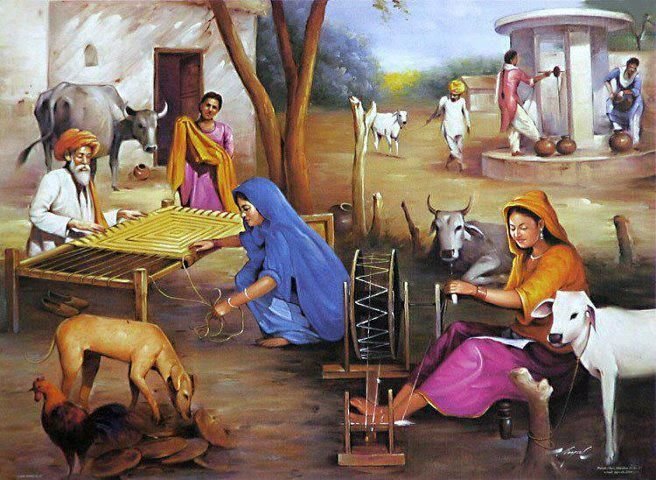Nudity has always occupied a complex position in human society, straddling the lines between normality, morality, art, and taboo. Across cultures and throughout history, attitudes toward the unclothed human body have varied greatly—from reverence to shame, from celebration to censorship. As we navigate the modern world, conversations about nudity continue to evolve, reflecting deeper questions about identity, freedom, and social norms.
Historical Perspectives of Nudity in Culture
Historically, nudity has often been seen as a symbol of purity, strength, and even divinity. In ancient Greece, the human body—especially the male form—was celebrated as a vessel for perfection. Athletes competed nude in the Olympic Games, and sculptures and paintings of the gods depicted them in their natural forms, emphasizing the harmony between physical and spiritual beauty.
In contrast, other ancient cultures, such as those rooted in the early Abrahamic religions, developed more conservative views. Nudity became associated with shame and sin, especially in the context of the biblical story of Adam and Eve. This moral framework influenced Western thought for centuries, where the naked body became something to be hidden rather than admired.
Cultural attitudes around the world
Today, cultural norms regarding nudity around the world vary dramatically:

Europe: Many European countries, especially Scandinavia and Germany, maintain a relatively relaxed attitude towards nudity. Nudity is sometimes shown in public baths, on beaches, and even on television without overt sexuality. It is seen as a normal aspect of life, not inherently provocative.
United States: In contrast, American culture often views nudity as both taboo and exciting. While bodies are often sexualized in the media, actual nudity – especially in public or non-sexual contexts – is often censored or frowned upon. This opposition contributes to the ongoing debate over body image, censorship, and sexual expression.
Asia and the Middle East: In many parts of Asia and the Middle East, cultural and religious values encourage modesty, making public nudity rare and often illegal. However, this does not mean that nudity is absent from cultural life – it can be present in traditional rituals, art, and even communal bathing practices, such as in the Japanese onsen culture.
Indigenous and tribal societies: For many indigenous groups around the world, nudity is not inherently shameful. It is often practical, tied to climate and tradition, and free from the moral connotations found in more industrialized societies. However, contact with colonial or modern influences has often changed or challenged these views.
Modern movements and controversies
In recent decades, nudity has become a central focus of movements for body positivity, gender equality, and freedom of expression. Artists and activists alike use nudity to confront social norms, challenge censorship, and promote acceptance of a variety of body types and identities.
Movements like Free the Nipple question why female nudity is often more tightly regulated than male nudity, exposing the gender bias that shapes public decency laws. Meanwhile, social nudity or naturism communities argue that wearing clothes can be liberating and healthy, helping people reconnect with their bodies without shame.
However, these conversations often face backlash – both from conservative voices concerned about policy and from marginalized groups who raise legitimate concerns about safety, consent, and objectivity.
Nudity, Media, and Technology Intersection
With the rise of the internet and social media, nudity is more visible and controversial than ever before. Platforms like Instagram and TikTok enforce strict rules about nudity, often removing content that violates their guidelines. Critics argue that these policies can be inconsistent and reinforce harmful standards about which bodies are “acceptable” to display.
At the same time, digital spaces have allowed for a more diverse expression of the body—from educational content to artistic nudity, to communities celebrating fat, gay, trans, or disabled bodies. This democratization of visibility is pushing boundaries and redefining what nudity means in the digital age.
Ultimately, how we view nudity says more about our culture than it does about our bodies. It reflects our values, fears, and desires. Whether hidden or displayed, censored or celebrated, nudity has become a powerful lens through which we examine identity, freedom, and belonging.
As cultures around the world continue to interact and younger generations question long-held taboos, conversations about nudity will undoubtedly evolve. The challenge – and opportunity – lies in finding a balance between respect, expression, and inclusion, honoring the human body not as a source of shame, but as a canvas for human experience.
Read Also: The Evolution of Nudity in Art: From Classical to Contemporary
![]()






One thought on “Nudity in Culture: Exploring Taboos and Acceptance”